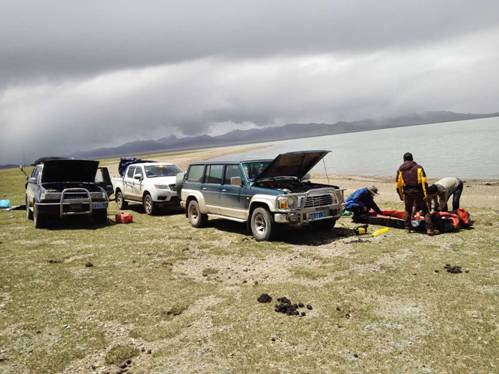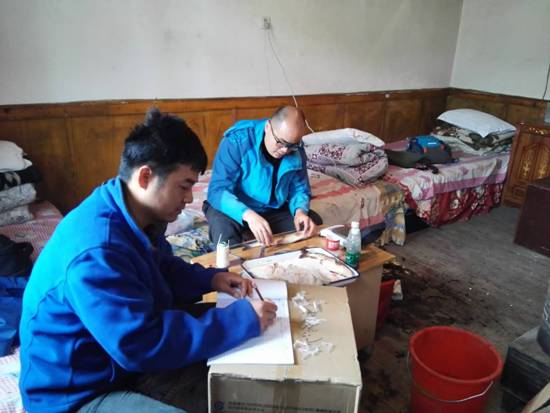
Newsroom
Researchers from IHB Investigate Fishery Resources and Environment of Key Aquatic Ecosystems in Tibet
On May 20, 2017, researchers from Institute of Hydrobiology of Chinese Academy of Sciences (IHB) started a 20-day field investigation in Lake Cona and Lake Cuoe. This project was launched in Nyingchi County on 16th April, 2017, and will last for three years. IHB mainly undertook the investigation on fishery resources, key habitat and environment in Lake Cona and Lake Cuoe in this project.
Tibet is the province harboring the most rivers, the largest lake area and the most distributed international rivers. The unique geology in Tibet produced the most characteristic plateau aquatic ecosystems across the global. However, in recent years, climates warming and anthropogenic activities have been threatening the ecosystem in Tibet and resulted in declines of local ecosystem function and environmental resources.
Understanding how to utilize water resources and fishery resources in Tibet in a sustainable way has become one of the most important scientific and social questions. This project aims to provide suggestions on the restoration of important ecosystems in Tibet and the conservation of local fishery resources. Investigation results will be used to compile the suggestions draft of “Laws and Regulations of the Protection of Fishery Resource and Environment in Tibet”, “Checklist of Key Fish Species in Tibet”, “Checklist of Key Fish Habitat in Tibet”, “Programme of Field Investigation on Fishery Resource of Key Aquatic Ecosystems in Tibet”, “Key Area of Fishes Conservation in Tibet” to help conserve fishes and fishery resources in Tibet.



